Bulgaria: Plovdiv Sightseeing
Plovdiv claims to be Bulgaria’s second city with modern shops and a booming cafe society at its centre. However, the main reason for visiting Plovdiv is its historical past whose legacy remains today in the form of ancient Roman ruins and many well preserved buildings.
Some say Plovdiv is one of the oldest cities in Europe, we can’t substantiate that claim, but it certainly merits further exploration by any visitor to Bulgaria. Here we share some of the sights of this charming and easily accessible city, for those wishing to witness the Europe of a bygone era and still enjoy the luxuries afforded by a modern day European city.
Getting Around Plovdiv
Plovdiv does not strike you as being a major city, more of a busy town, but even then it’s fairly easy to take a few steps away from the maddening crowds. Plovdiv offers much to a visitor interested in exploring the architecture and museums of Europe’s past. It’s quick and easy to walk along the historic ghettos of the city and forget that you’re in the modern day world, apart from the occasional passing car, sign or souvenir shop.
The commercial centre provides the same offerings as other cities across Europe in the form of restaurant/bar, pavement cafes and shopping experiences, where prices remain well below that of many of its European cousins.
The city has three bus stations that take passengers to Sofia, Bulgarian ski resorts or Black Sea beach destinations. The airport is also served by low cost flights from London and Frankfurt. The city is also on Bulgaria’s motorway network, so it’s really not difficult to get to Plovdiv whatever your chosen transport. When you arrive it’s very easy to get around, if you’re relatively mobile you won’t even need to use public transport as most of the architectural gems are within easy walking distance.
Things to See and Do in Plovdiv: Museums, More Museums and a Few Art Galleries
Plovdiv is rich in museums and galleries, from small independent enterprises to municipally supported organisations. If you love museums and art galleries you won’t be disappointed, although don’t expect exhibits that you may see at world renowned institutions, things are on a small scale here but no less interesting or worthy for a curious historian or art freak.
Just be aware that many old houses have opened up their doors to visitors, some for free or a small charge, most offer a different perspective and insight into the past, just be a bit selective if you’re pushed for time with so many to chose from. With such a choice on offer I’m not going to list all the different options as it is purely down to personal taste and time, you’ll fail to stumble across these treasures walking around the old winding cobbled streets.
Plovdiv’s Historical Landmarks – What to See?
Start your tour at the wonderfully helpful Tourist information centre (where you can also use the free wifi) at Central Square from here you can get the town map and plot a route to take in the key sights in the old town, meandering down the Alexandar I Street and then make a swift right turn into Saborna. All old town street names are in Bulgarian and English so your really have no excuse for getting lost.
- The Ancient Stadium is mostly buried under the shops of the pedestrianised Alexandar main street but at the end there is a section underneath that is restored and open to the visitor.
- The Dzhumaya Mosque overlooks the stadium and is a pretty impressive building and minaret
- You can now make your way to the Ancient Roman Theatre, there is small entrance fee here, but on the day we visited there was no one around to take any money so we wandered around for free.
- From here you just make your way back to Saborna Street and watch out for the tourist site signs which will lead you to the Yellow School House, St. Marina, St. Bugoridista and St Nedelya orthodox churches which their domed roofs and ornate icon strewn interiors. If you have enough of the churches pop into one of around ten small museums and open traditional houses who will tell you their tale of Plovdiv through the centuries.
- If you are not tired out you can go for a hike up to the Soviet Army Memorial – this sits on top of the Hill of Liberators with a winding gently inclined path up the hillside.
After all this effort you should treat yourself to a bit of people watching from one of the street cafes that line the pedestrianised street leading back to the Central Square. You can have a beer, wine or coffee to wash down your mid afternoon snack.
Plovdiv Offers a Relaxed yet Stimulating Travel Experience
Plovdiv is a city that is trying to not rest alone on its impressive historical artefacts, it’s clearly working hard to appeal to those with a more contemporary outlook. While we wouldn’t recommend making a special trip to Plovdiv as a one destination stop, it is well worth adding to a tour of Bulgaria travel itinerary. The city must be commended in hosting a number of cultural events throughout the year and the work it is doing in communicating its tourism offer to visitors.
Bulgaria is one of the poorest nations in Europe, economically speaking, so this commitment to culture must be congratulated in these dark days of cost cutting. So check out one of the local tourism offices and see what’s happening when you arrive, in July the amphitheatre is usually open for cultural performances. The city is also home to an excellent music and performing arts school so the Bulgarian busking is of a very high standard and promotes a fairly creative atmosphere amongst city dwellers. We wish Plovdiv well in its efforts to become the ‘European Capital of Culture’ in 2019.
Plovdiv has a tourism office at the airport and in the city with free maps and advice available and a team of really helpful staff to help you find your way around this little gem of a city.




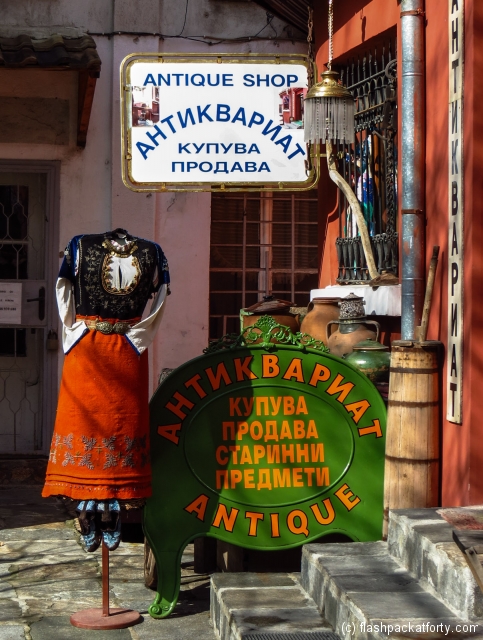

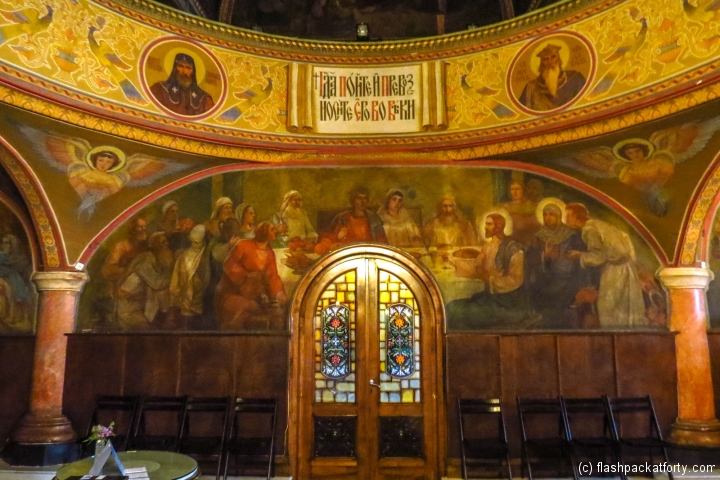
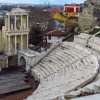
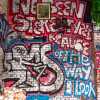




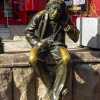

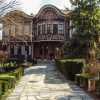
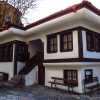
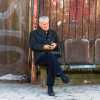
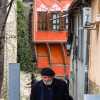



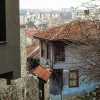
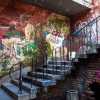
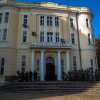
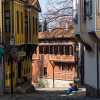

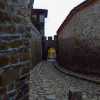

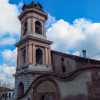

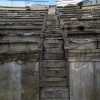
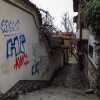

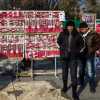

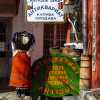
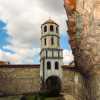
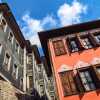
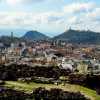






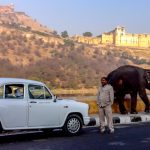


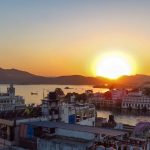

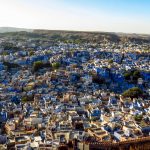




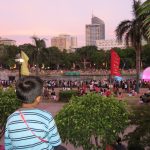
looks like a lovely town 🙂